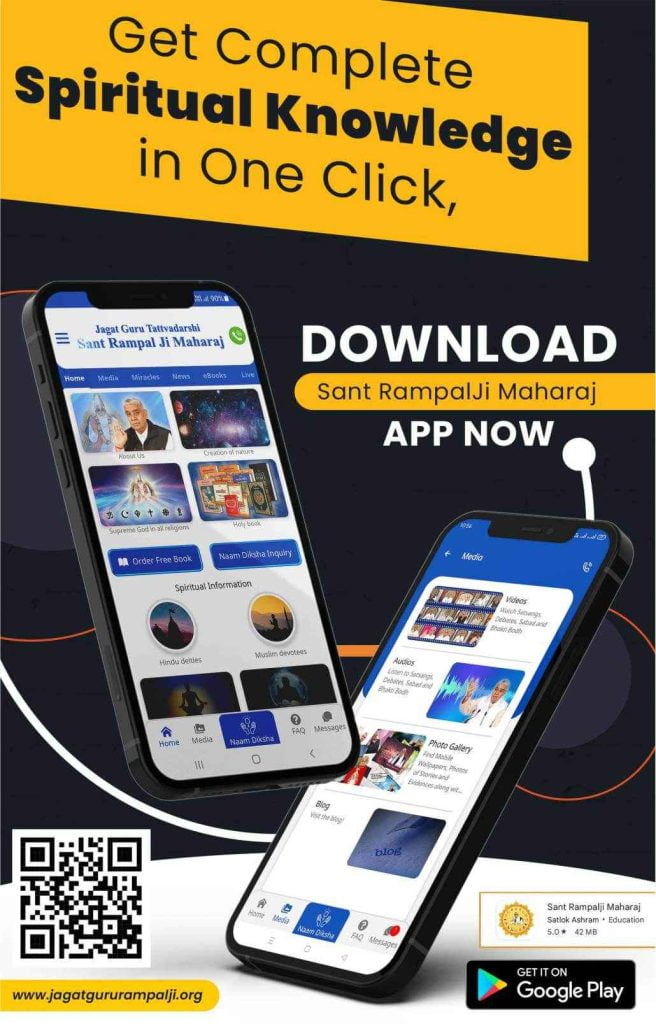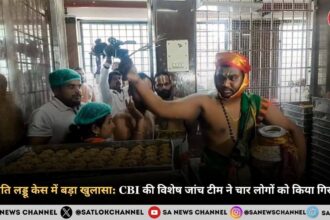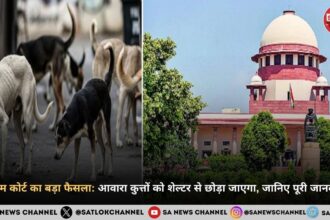On Wednesday, the Leh Ladakh protest turned brutal and magnified itself as the one of the most violent agitations in the history of Leh Ladakh. The demands of statehood for Ladakh and inclusion under the Sixth Schedule of the Constitution claimed 4 lives and left more than 50 injured, causing damage to government properties as well.
The central BJP government was accused of delaying the discussion related to demands. The protest was primarily led by youths and activists. This article explains the issue and the present scenario in the region briefly.
What Triggered the Violence in Leh?
- Initially, on Wednesday, at 11:30 AM, thousands gathered at NDS Memorial Ground in Leh to march peacefully.
- Protestors raised slogans demanding statehood and tribal protections under the Sixth Schedule.
- The peaceful protest turned violent when some groups pelted stones at the BJP headquarters and the Ladakh Hill Council office, putting them on fire as well.
- Protestors set CRPF vehicles on fire and damaged government property.
- Security forces used tear gas and firing to control the crowd.
- By evening 4 PM, the Union Home Ministry (MHA) confirmed that the situation was under control.
Death Toll and Injuries
| Category | Numbers Reported |
| Civilians Killed | 4 |
| Civilians Injured | 50+ |
| Police/CRPF Injured | 30+ |
(Source: PTI / MHA statement)
What is the Sixth Schedule and Why is Ladakh Demanding It?
The Sixth Schedule of the Indian Constitution is designed for tribal-majority regions, namely four – Assam, Tripura, Meghalaya and Mizoram. It is aimed at provisioning special governance provisions to empower tribal community:
- Autonomous District Councils (ADCs) are entitled with legislative, judicial, and financial powers.
- Special laws for safeguards for tribal land and culture.
- It aids local decision-making without excessive central interference.
Ladakh’s Demand
- It has been estimated that approximately 90% of Ladakh’s population is tribal. Like the special governance provisions for four north-eastern states, leaders from Ladakh argue that similar protections are necessary to safeguard their identity, land, jobs, and environment.
- The demand has been forwarded by the Leh Apex Body (LAB) and the Kargil Democratic Alliance (KDA).
- A discussion has been scheduled between the MHA and these groups on October 6.
Sonam Wangchuk’s Role in the Protest
Climate activist Sonam Wangchuk, internationally known for his work on sustainable education and environment in Ladakh, has been at the forefront of the movement.
- As per the latest government’s press release, he recently ended a 15-day hunger strike in Leh amidst violent protests and left in an ambulance without controlling the situation.
- Wangchuk appealed to his supporters to maintain peace:
“VERY SAD EVENTS IN LEH My message of peaceful path failed today. I appeal to youth to please stop this nonsense. This only damages our cause..”
- The MHA has publicly blamed Sonam Wangchuk’s proactive statements added fuel to the fire of the agitation in their latest press release.
Political Reactions to the Leh Protest
- Union Home Ministry (MHA): The Ministry confirmed firing of Police in self-defence by police and appealed to citizens not to share provocative or old videos.
- Ladakh LG Kavinder Gupta: As per ANI, he said “ruined the entire city” and announced a investigation for outside involvement into the matter.
- BJP Leaders: With the protest, political drama also began, BJP leaders accused Congress of initiating violence indirectly, specifically naming a Congress councillor.
- Sonam Wangchuk’s Response: He dismissed the claims of Congress’s involvement in the matter. He said the party is incapable of mobilising 5000 youths in the region.
Current Situation in Leh Ladakh
- The area is under control and violence has been controlled since 4 PM Wednesday, September 24th, as per MHA.
- Sonam Wangchuk has ended his hunger strike and left for his village in an ambulance.
- The region awaits the October 6 talks between the Centre, LAB, and KDA.
FAQs on the Ladakh Protest
What is the main issue in Ladakh?
The main issue is the demand for statehood and Sixth Schedule constitutional protections for their tribal community.
Who is Sonam Wangchuk of Ladakh?
Sonam Wangchuk is a climate activist. He has become the symbolic face of the current movement.
Why are Ladakhis demanding the Sixth Schedule?
In order to protect their rights related to land, jobs and many other aspects, they are demanding for autonomous governance.









